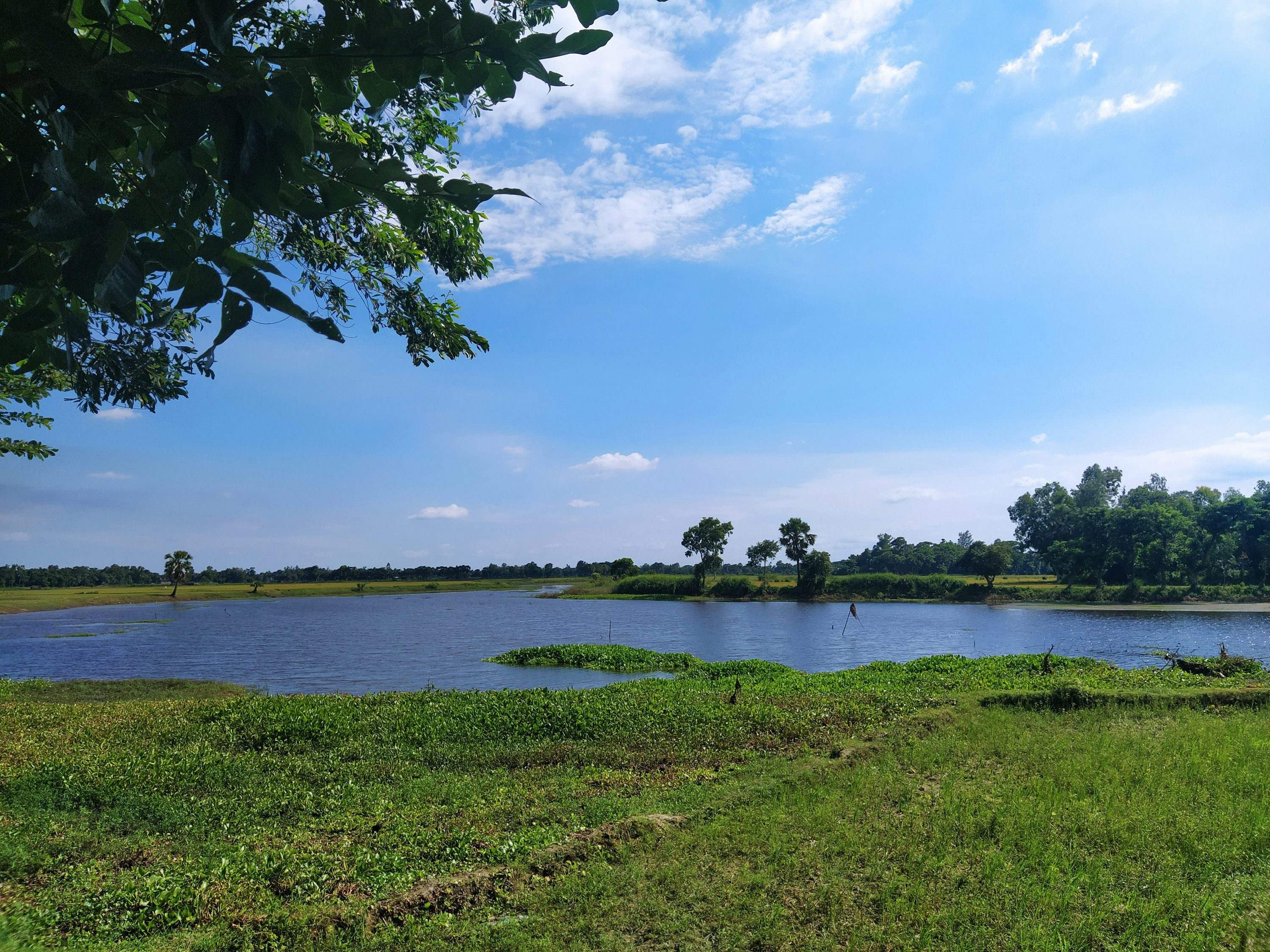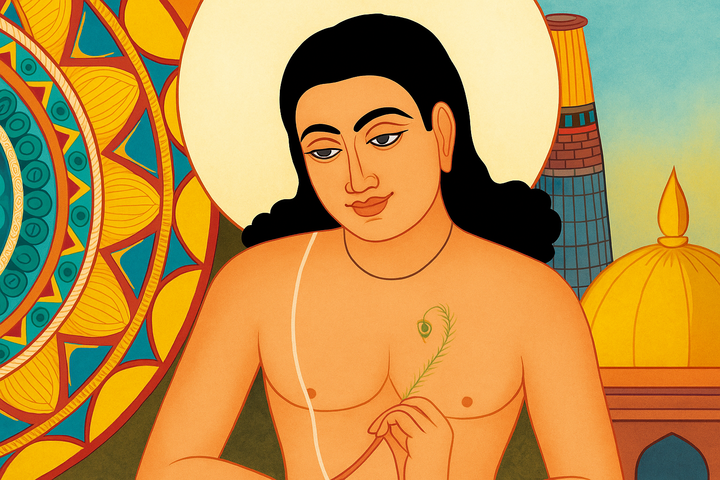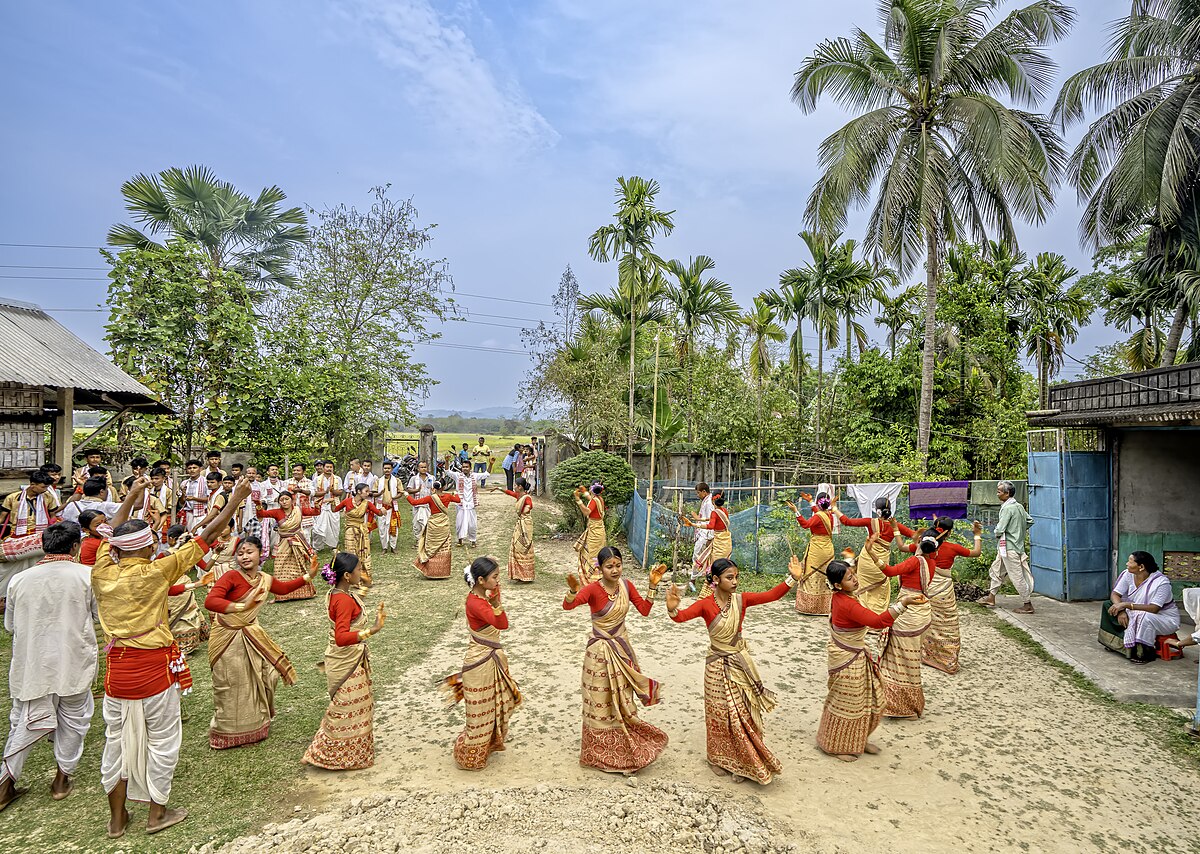Uncover the Mystical Magic of Mayong
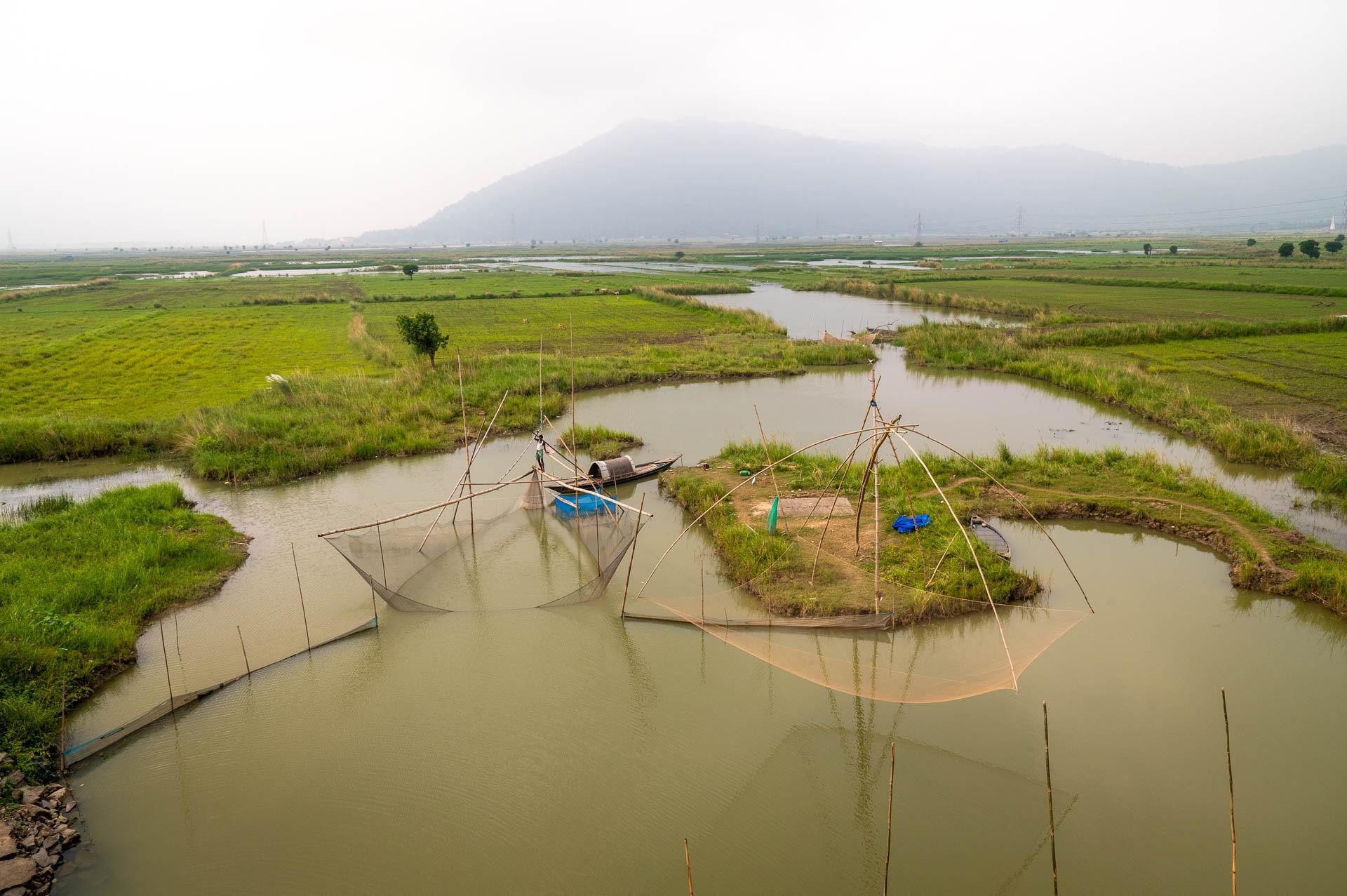
40 kilometres away from Guwahati, Assam’s largest city, lies a serene village that might just be your cup of tea. If you are an explorer with an open mind and who also possesses a thirst to discover the unknown, then Mayong is a place worth your time.
Mayong is also known as Mayang and one origin of the name comes from Ma-yong, which means ‘Mother’ according to Deori, among other languages that have Tibeto-Burmese linguistic roots.
It is also mentioned in the Mahabharata, along with Assam or what was known then as Pragjyotishpura. Chief Ghatotkacha of Kachari Kingdom, which was a late medieval/early modern Kingdom of Assam, fought in The Epic War of the Mahabharata. The Chief was able to battle along with magical abilities since he was the son of Bhima, a Pandava prince, and Hidimbi, a demoness, that enabled him to fly and shapeshift.
The magical background of this village is present till today with Tantriks and witches who linger within its forests. Folklore includes people being converted to animals or vanishing without a trace, or even scary beasts being disciplined just like that; either way magic has been practiced and preserved over centuries.
As the Capital of Black magic within India, Mayong whispers mystery, interesting stories of the past and current curiosities that attract visitors, whether those with sceptical or fascinated minds.
Mayong’s Culture
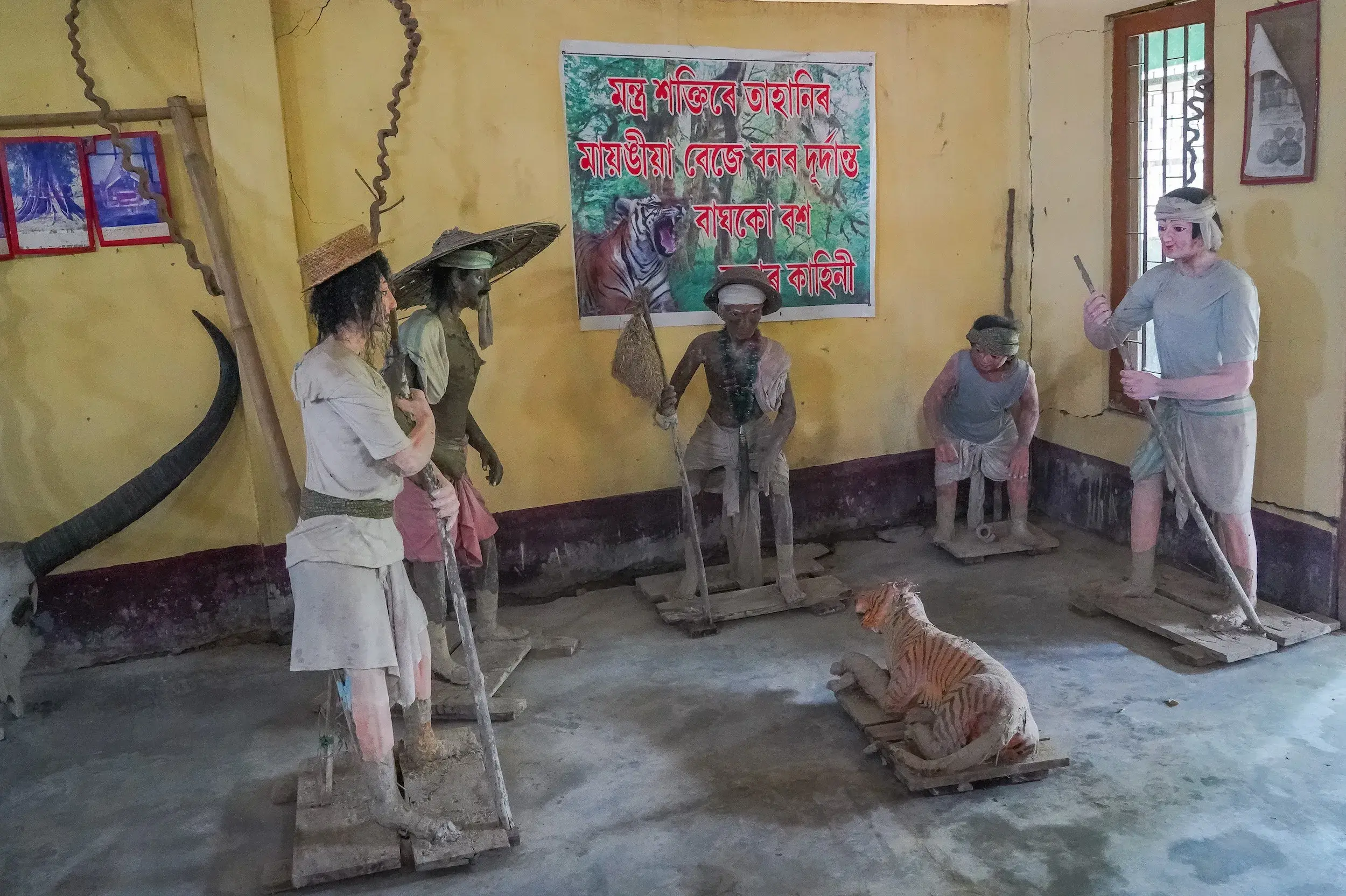 Mayong’s magic is about a long history of spiritual healing and developing a strong interconnected relationship with nature. By using spiritual chants, a holistic touch, and plant-based treatments, the village's traditional healers, who are locally known as Bez or Oja, provide remedies for people. For example, they use Indrajaal, which is a type of sea herb that is used by magicians in their practices because it is thought to help with protection and divine favour.
Mayong’s magic is about a long history of spiritual healing and developing a strong interconnected relationship with nature. By using spiritual chants, a holistic touch, and plant-based treatments, the village's traditional healers, who are locally known as Bez or Oja, provide remedies for people. For example, they use Indrajaal, which is a type of sea herb that is used by magicians in their practices because it is thought to help with protection and divine favour.
Besides this, if you have back pain issues, then you can visit this village to get help with it. For this, the Bej will use a little copper plate in order to ‘eat away’ the pain, during which they will recite their mantras. The idea behind this technique is that the plate is believed to get so hot that it attaches itself onto the skin while it absorbs the pain and stays on the patient’s back. These mystical practices have also attracted people from around the world in search of remedies.
 Even if you ever misplace any of your belongings, it is believed that these magic practitioners can help you find your possessions as well.
Even if you ever misplace any of your belongings, it is believed that these magic practitioners can help you find your possessions as well.
Mayong's cultural identity is this distinctive blend of folklore and holistic therapy. The people of Mayong are quite friendly and frequently use these therapeutic techniques, providing a unique opportunity to see a custom that has been passed down from one generation to the next.
The Central Museum of Mayong
 It is sponsored by Gerda Henkel Stiftung, a German private, non-profit organisation that helps to support historical humanities and in particular the history of art, archaeology and fields that have elements of history associated with it.
It is sponsored by Gerda Henkel Stiftung, a German private, non-profit organisation that helps to support historical humanities and in particular the history of art, archaeology and fields that have elements of history associated with it.
Currently, this project is executed by Dr. Sheila Bora and Shri Swapnanil Barua. Thus, while Black magic is associated with mystery and the unknown, the dedication towards researching into it, highlights the efforts being made to document, examine, and record it.
At Mayong Central Museum and Emporium, you will find a collection of items that reflect the village's enchanted past, which serves as an artefact room for its distinctive legacy.
These ancient objects include swords, daggers, and other instruments that are believed to have been used in earlier customs, are also on show at the museum. You will also find palm leaves that have been carefully preserved in order to record ancient writings that describe spells, chants, as well as tantric rituals.
Here, you will get an insight into the two types of black magic. The Ku Mantra and the Su Mantra, which are evil and good magic, respectively. Today, the practitioners of black magic in Mayong are conducted with the intention for the good of the people. It has been forbidden to practice any magic that has the potential to harm.
In fact, the Assam Healing (Prevention of Evil) Practices Bill was passed by the government of Assam in order to ban practices that are harmful and are punishable by law.
In addition to this, the Bez use black magic in order to catch robbers using spells, and this is the reason why many believe that there is no robbery within Mayong. At the museum, guided tours will also explain about the different types of mantras that have been used by practitioners. For example, Udan Mantra is an interesting magic spell that was practiced.
With this spell, even if you consider yourself to be a fast runner, you will not be able to keep up with the Bez. They take ‘Catch me if you can’ quite literally because the closer you try to get to them; they will be ten steps ahead of you.
Pobitora Wildlife Sanctuary
 A short drive from Mayong is an ecological wonder, which is a sanctuary for the Indian One-Horned Rhinoceros.
A short drive from Mayong is an ecological wonder, which is a sanctuary for the Indian One-Horned Rhinoceros.
The world's highest density of these majestic Indian beasts can be found in Pobitora. It is home to more than 100 rhinos, who reside in this relatively small territory of 38.81 square kilometres.
Pobitora Wildlife Sanctuary is also home to a wide variety of wildlife creatures such as migrating birds, barking deer, and wild boars. During your visit here, you can even spend your time in jeep safaris and elephant rides that offer an opportunity to interact with the sanctuary's impressive wildlife and appreciate the success of rhino conservation in Assam.
Mayong is a village that will excite and surprise visitors as it goes beyond the conventional. After traveling to what is not merely a tourist spot, Mayong, will bring you a fresh outlook of the world, as it blends the realms of history and magic with its people and natural wilderness.

